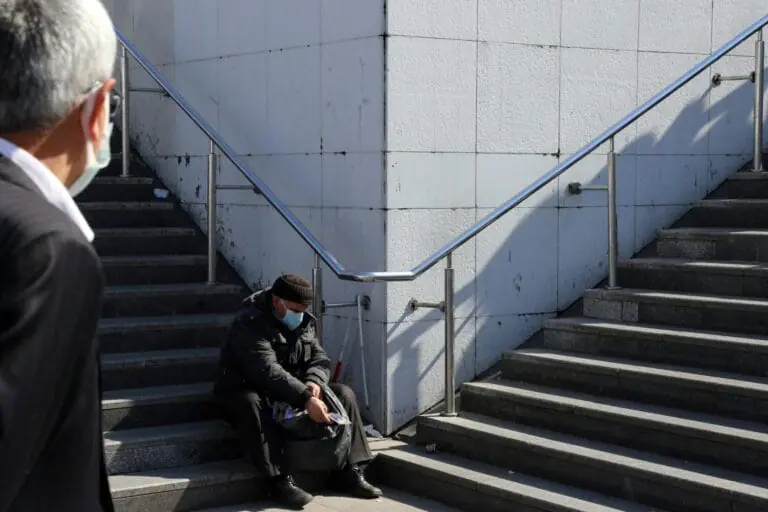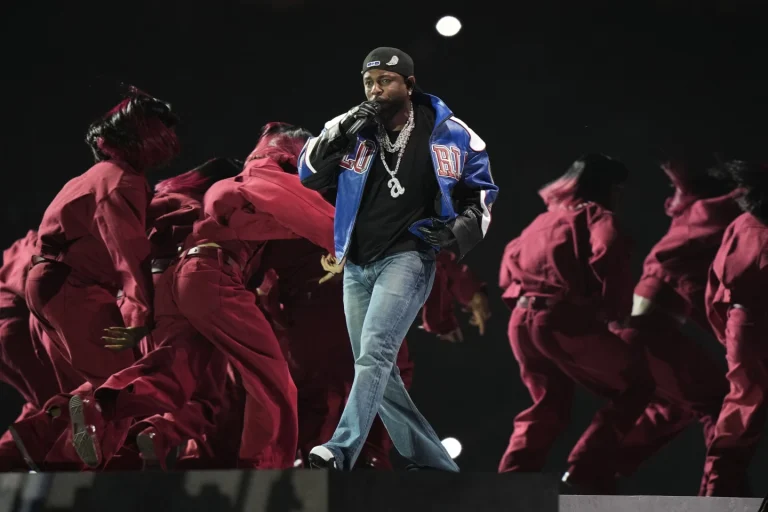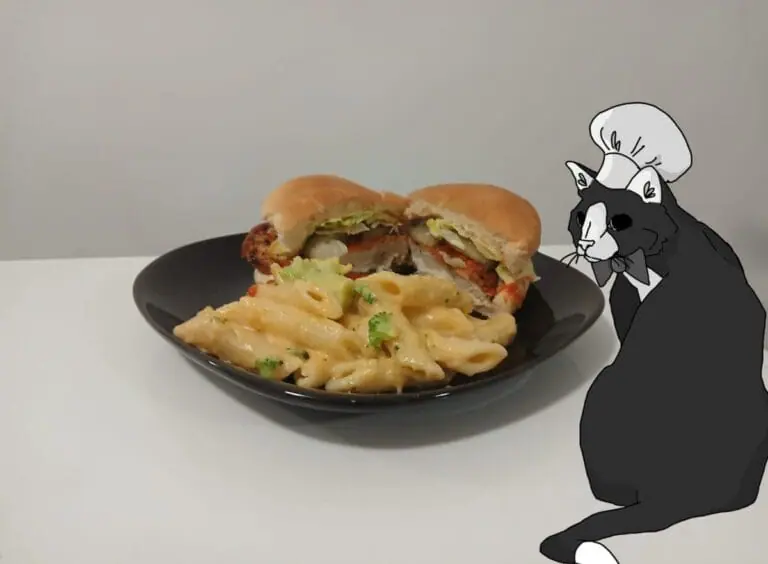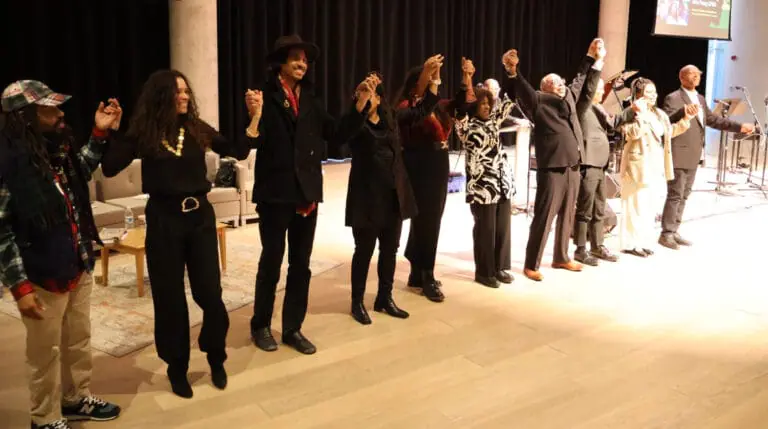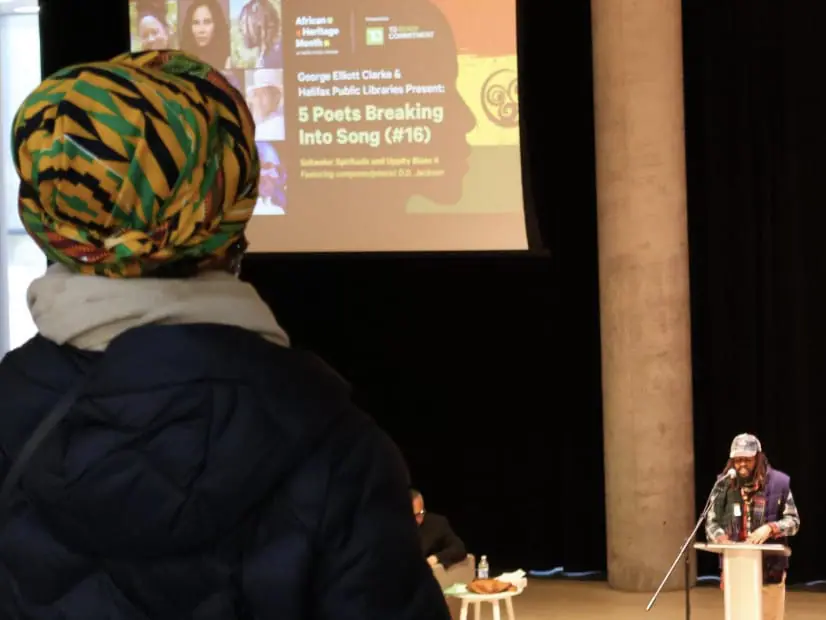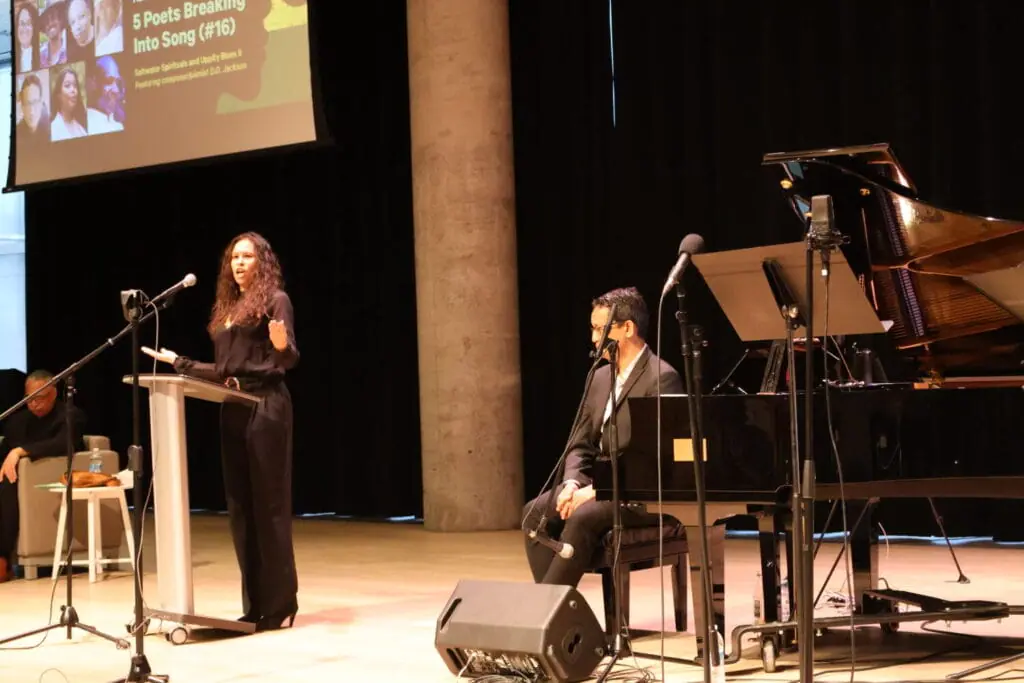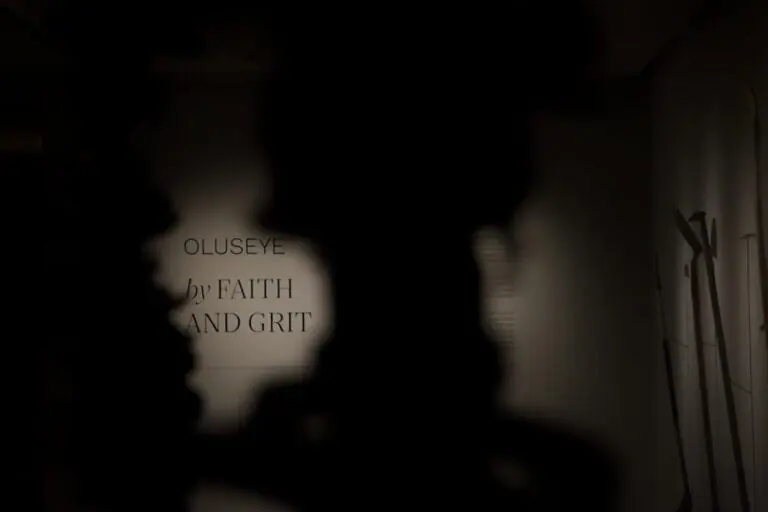On Nov. 26, Dalhousie University’s board of governors voted against a motion proposed by DSU president Mariam Knakriah to divest the university’s financial ties from Israel.
The board voted down the motion by anonymous paper ballot. In protest of the decision, members of Students for the Liberation of Palestine – Kjipuktuk (SLPK) occupied the Henry Hicks Academic Administration Building on Dalhousie’s Studley campus.
SLPK is an autonomous coalition of students from local post-secondary institutions, including Dalhousie, the University of King’s College, Saint Mary’s University, Nova Scotia College of Art and Design and Mount Saint Vincent University.
During the occupation, the students renamed the Henry Hicks Building “Handala Hall.” The name honours a cartoon of a Palestinian boy with his hands held behind his back that has come to symbolize the Palestinian fight for liberation and resistance to Israel’s occupation of Palestinian territories.
Over 150 students rallied inside and outside the Henry Hicks Building, where the university’s board of governors were meeting on the first floor. They stood in hallways and in the room next to the meeting room to observe the proceedings.
Dalhousie president Kim Brooks announced in an email to students on Wednesday, Nov. 27 that the school was forced to close the Hicks building due to the occupation. Her email said Tuesday’s board meeting “was adjourned after a group of protestors entered the meeting space in an aggressive and threatening manner. The group has occupied the building since then and is refusing to leave.”
Michael Fleury, senior manager of strategic communications and media relations at Dalhousie, told The Signal in an email that “The Hicks Building will remain closed for the remainder of the week as we continue to monitor campus activity and restore spaces to their original state. We will not compromise the safety and well-being of our students, faculty, staff and broader community members.”
Ajay Parasram is an associate professor in the departments of international development studies and history at Dalhousie. He was present for part of the occupation.
“I reject the statement by some that the students posed any kind of risk to security or well-being of anyone or anything in the Hicks — this was a non-violent protest, sit-in, and occupation,” Parasram said in an email to the Gazette. “To my mind, this is the very best application of politics as praxis rather than politics as some abstract or theoretical concept.”
According to the Coast, Knakriah succeeded in amending the meeting’s agenda to get the DSU’s motion added to it, with 11 members of the board voting in favour of the addition — with one abstention from President Brooks. Students in a smaller adjoining room, which Dal security limited to 25 people, shared the news with the crowd in the hallway. The successful amendment to the agenda was celebrated with cheers that could be heard inside board chambers, according to the Coast.
Knakriah told the Gazette that the passage of the agenda amendment was “a huge win.”
“The only questions that they were asking in relation to my motion was whether or not voting for the item to be added to the agenda would mean voting for divestment or not,” Knakriah said. “Because they were scared, all of them are scared.”
Parasram attended a “special” meeting with the board, Kim Brooks’ office and Dalhousie’s senate right before the board of governors meeting.
“[At the meeting], I stressed that it would be important to student morale for the board to support the work of divesting from the ongoing genocide of Palestinians in Gaza,” said Parasram in an email to the Gazette. “After that meeting concluded, I walked downstairs and discovered the students in the hallway peacefully protesting outside of the board of governors meeting, holding space to make it clear how seriously the student community took the issue of divestment.”
Yousef AlSaayyed Ahmad is a member of the Students for the Liberation of Palestine.
“I think it’s weird calling any sort of protest peaceful, because if things were peaceful there wouldn’t be protests,” said AlSaayyed Ahmad.
According to Knakriah, before members cast their vote, the board had to be assured that voting for the agenda to be amended was not the same as voting for divestment.
“Dalhousie is not compliant and they’re not humane. They are not there for humanity because if they are, I don’t think anyone would sit on that board and do nothing, you know?” said Knakriah. “They have all the power, not just the degree of power. While I used it for the betterment of the student union, the university and to stand with our students, they did nothing.”
Knakriah said, “I just hope that students realize that the work is still going and our services are always open for them. This is only one of the things we’re prioritizing this year.”
The next board of governors meeting was held virtually on Feb. 11. The recording of the meeting was available online for one week after the meeting and is now offline.



